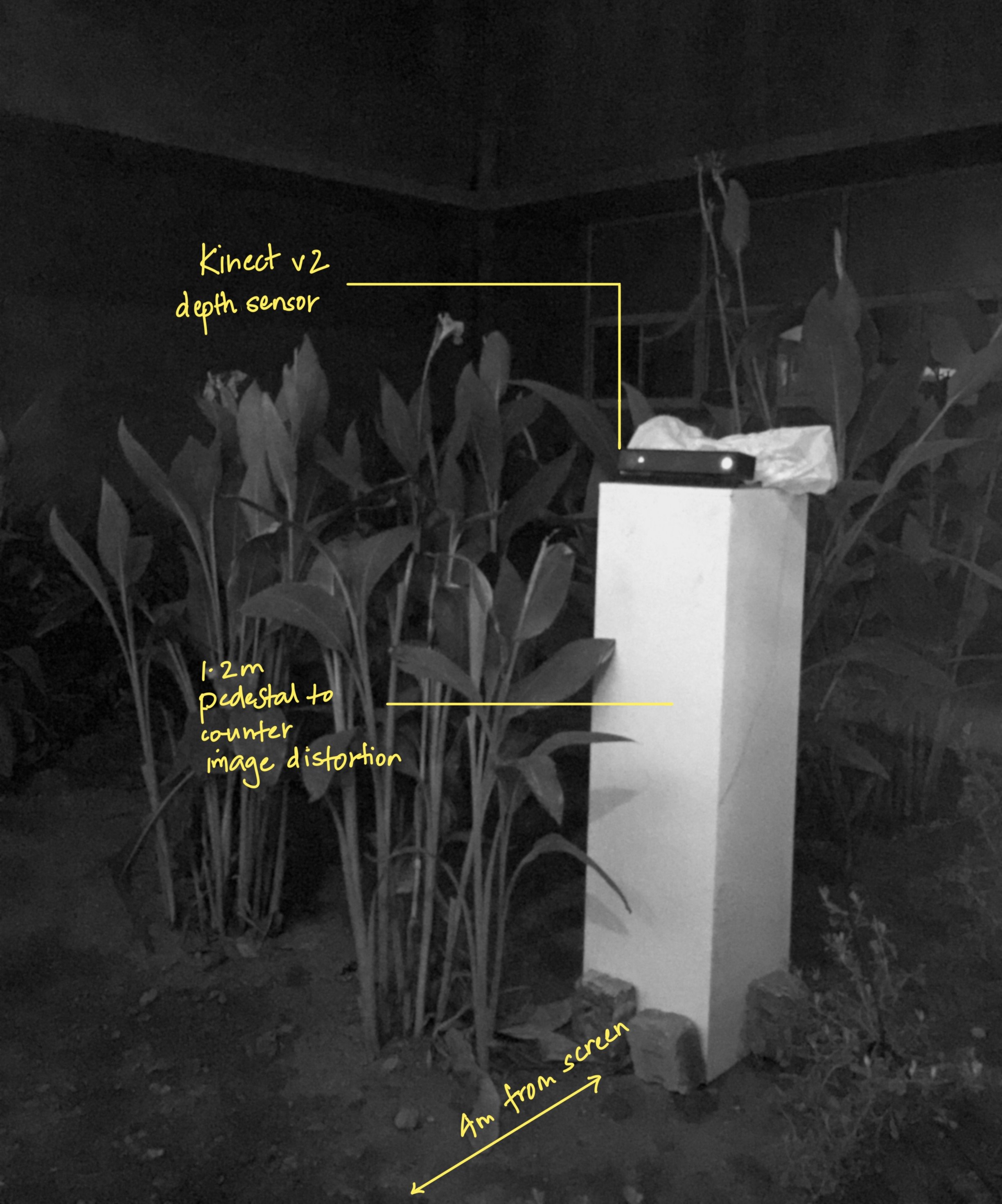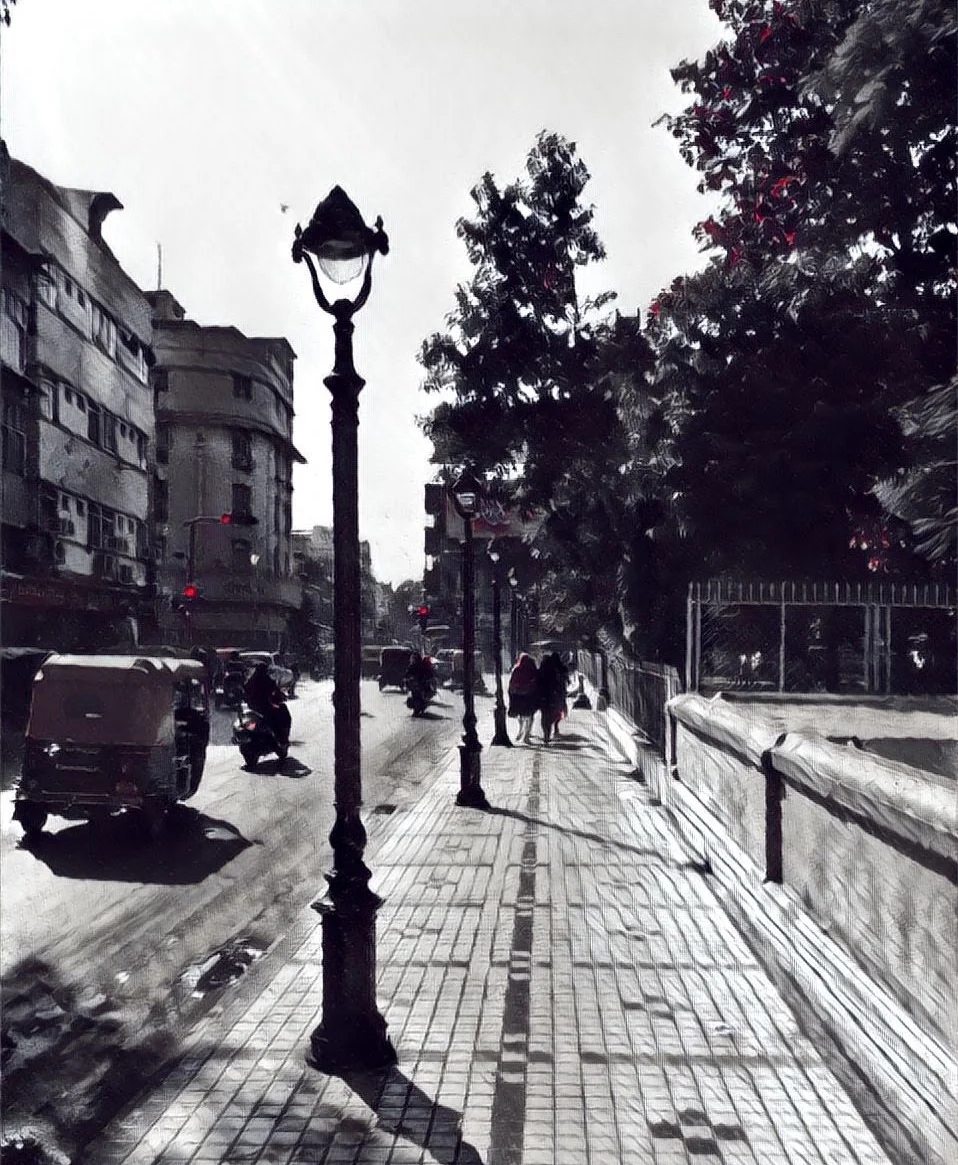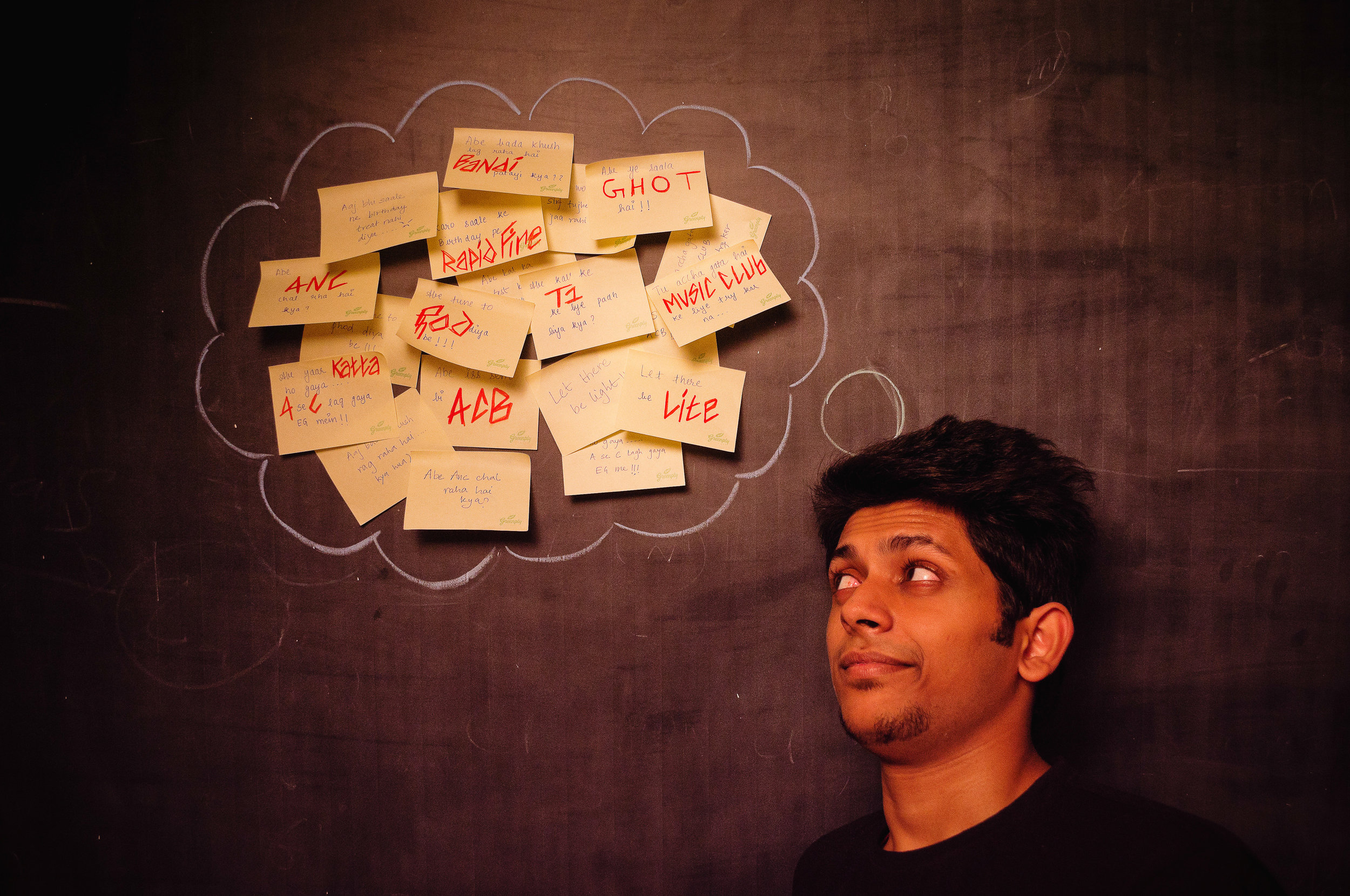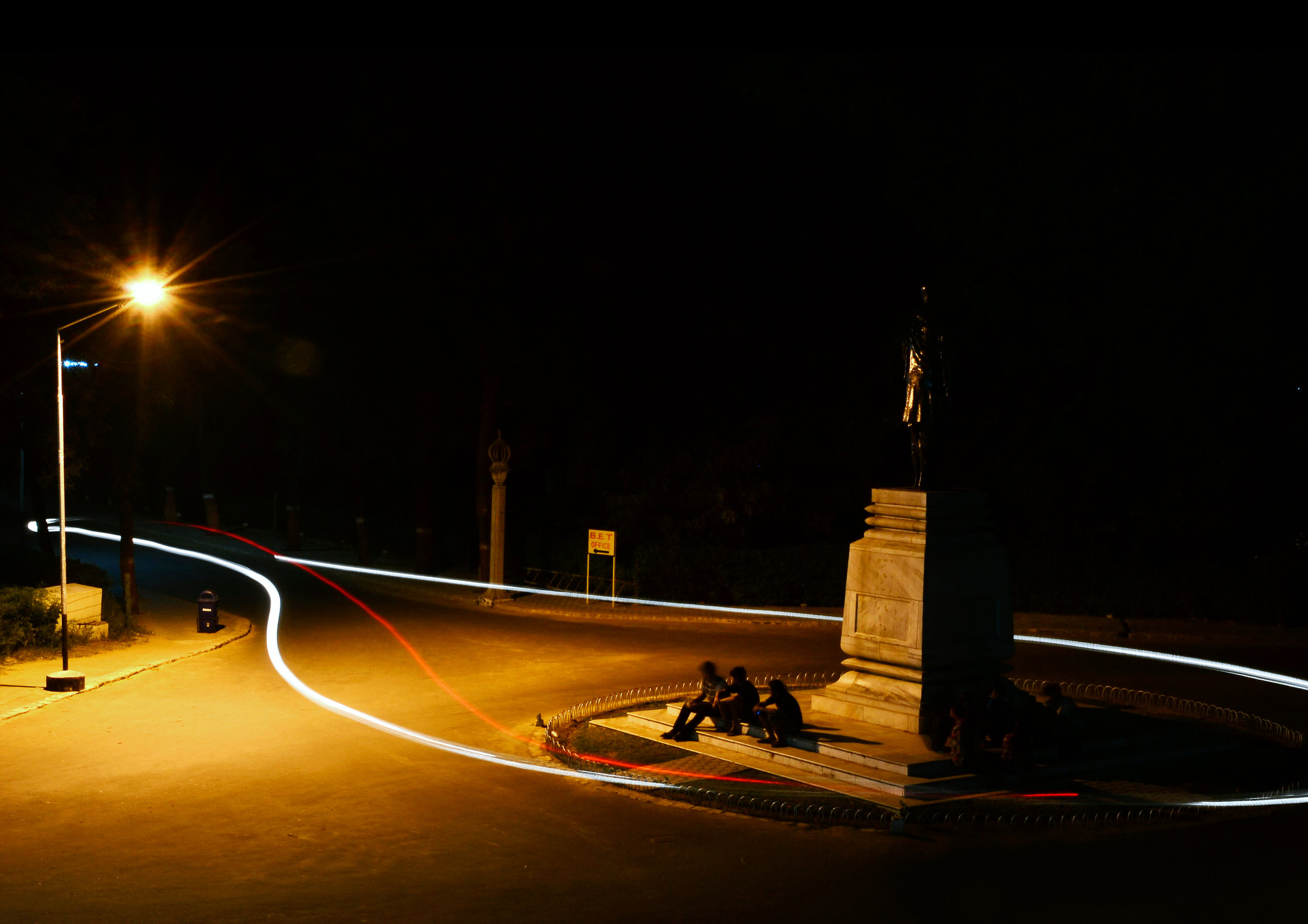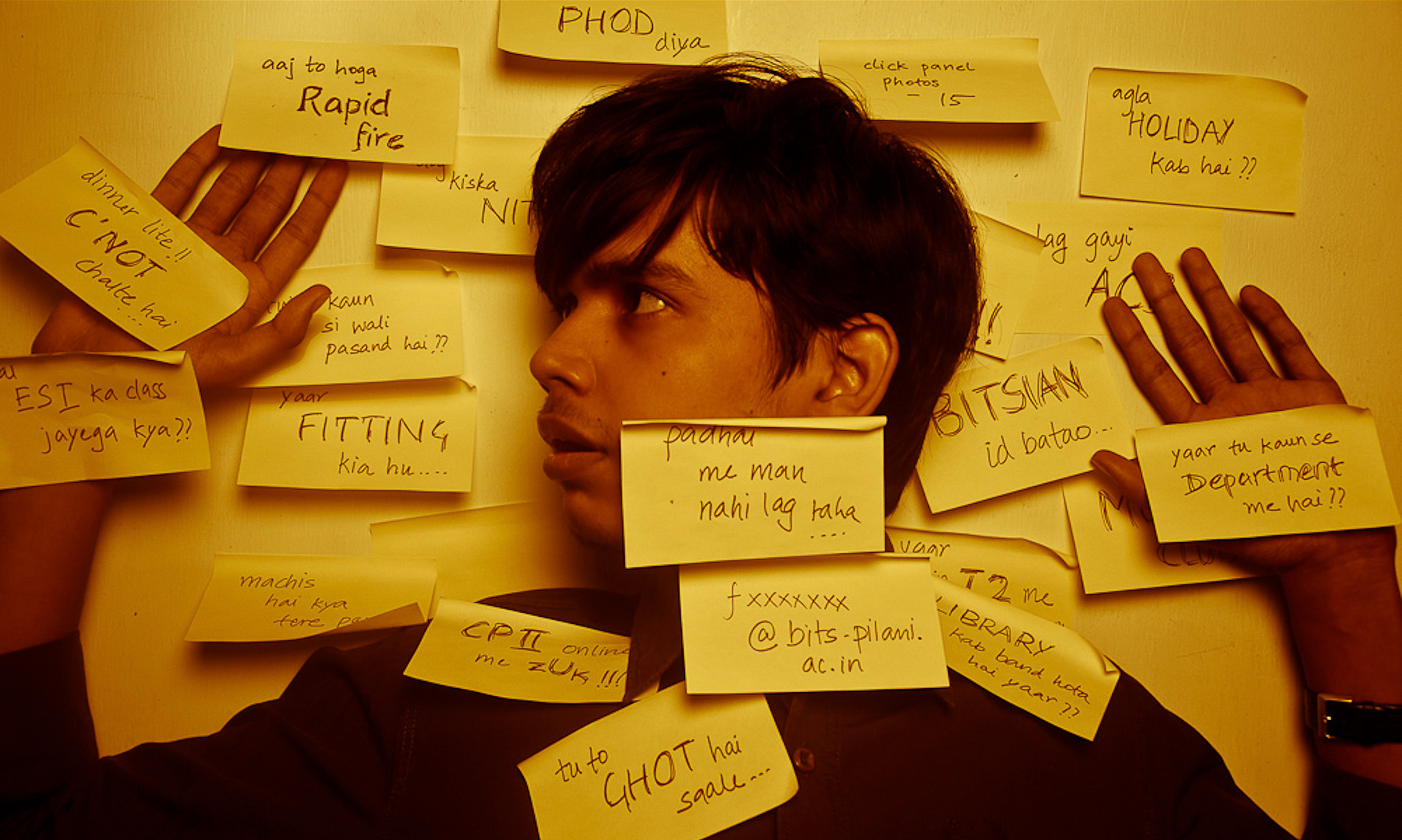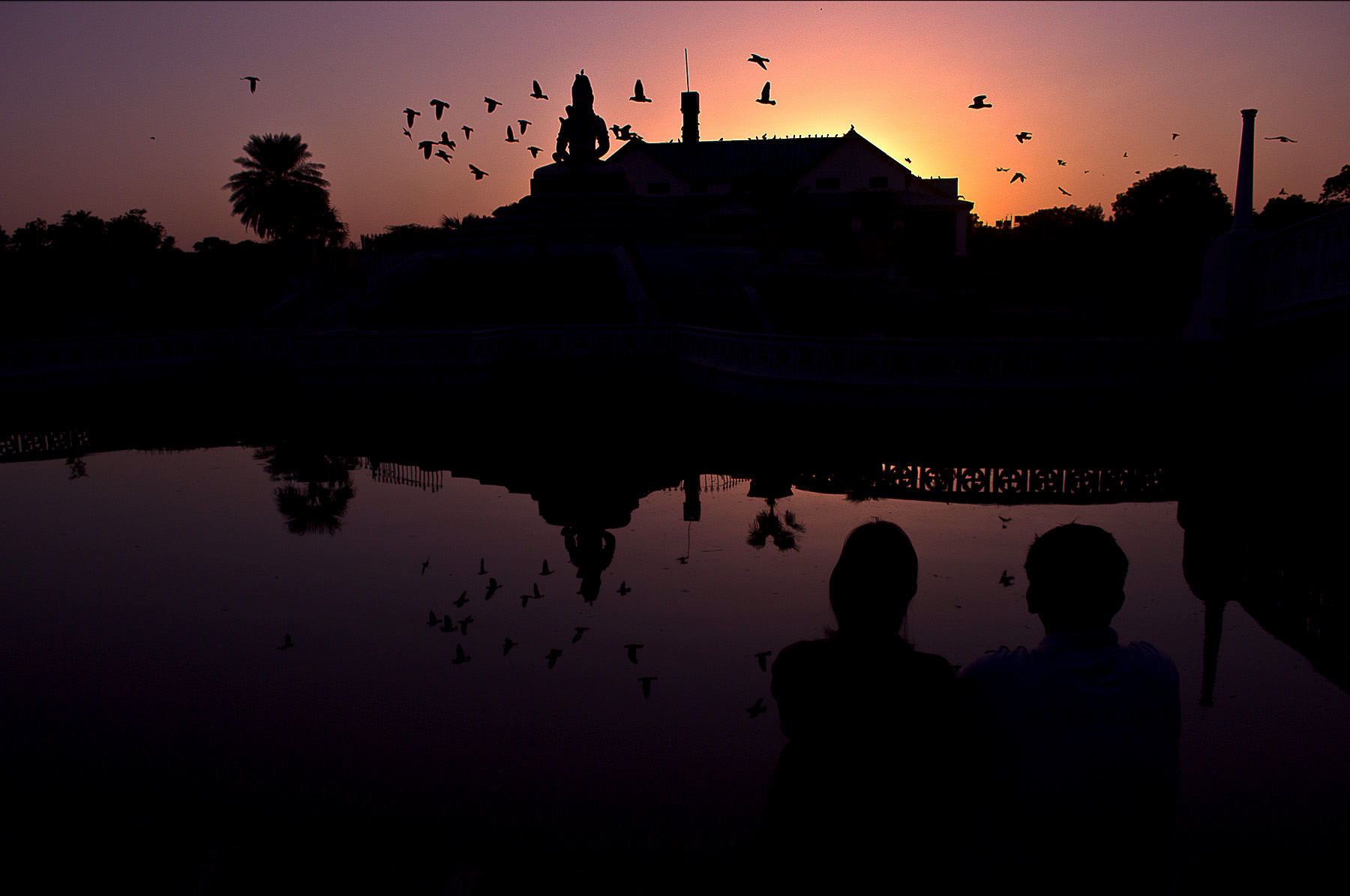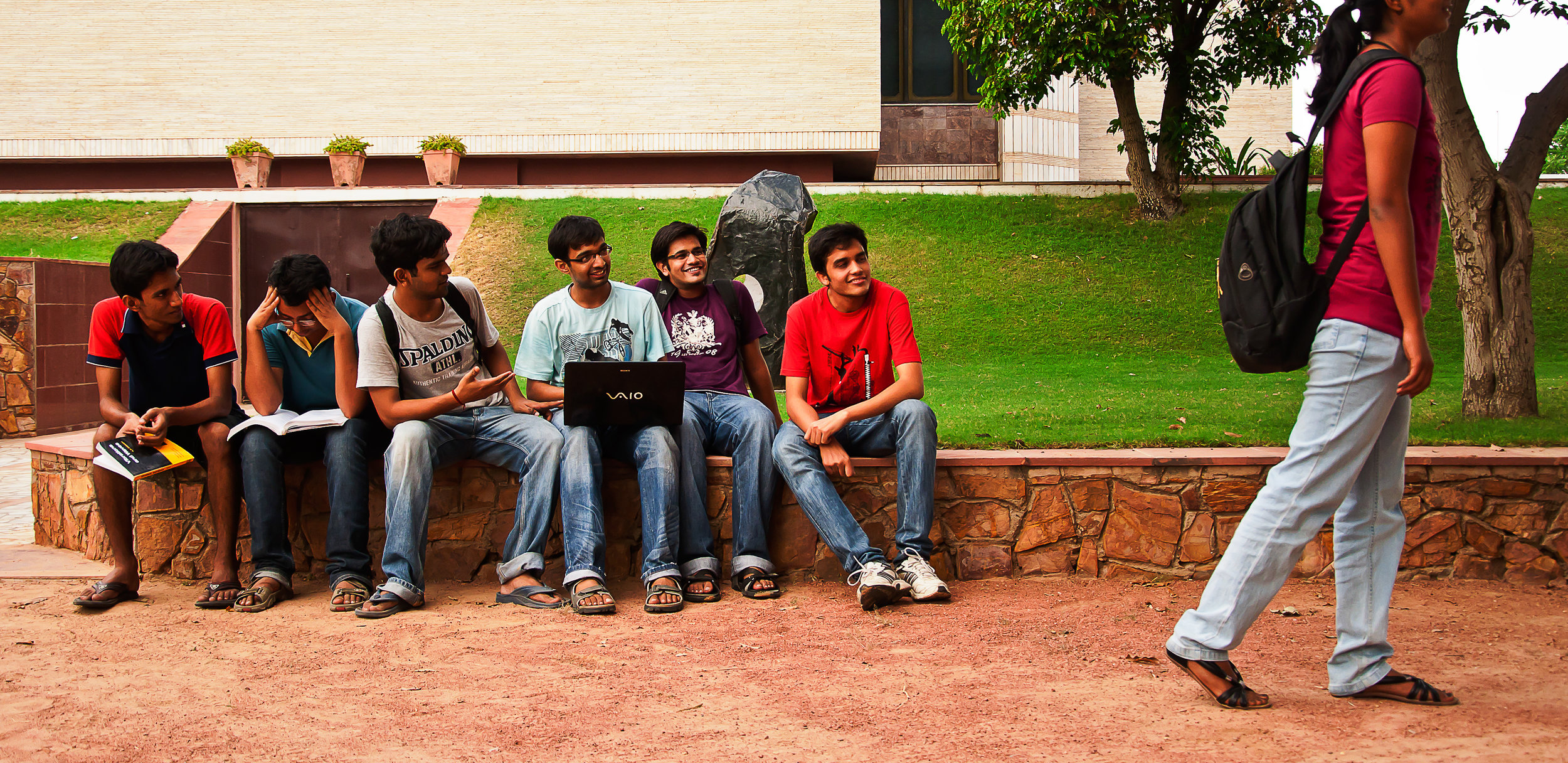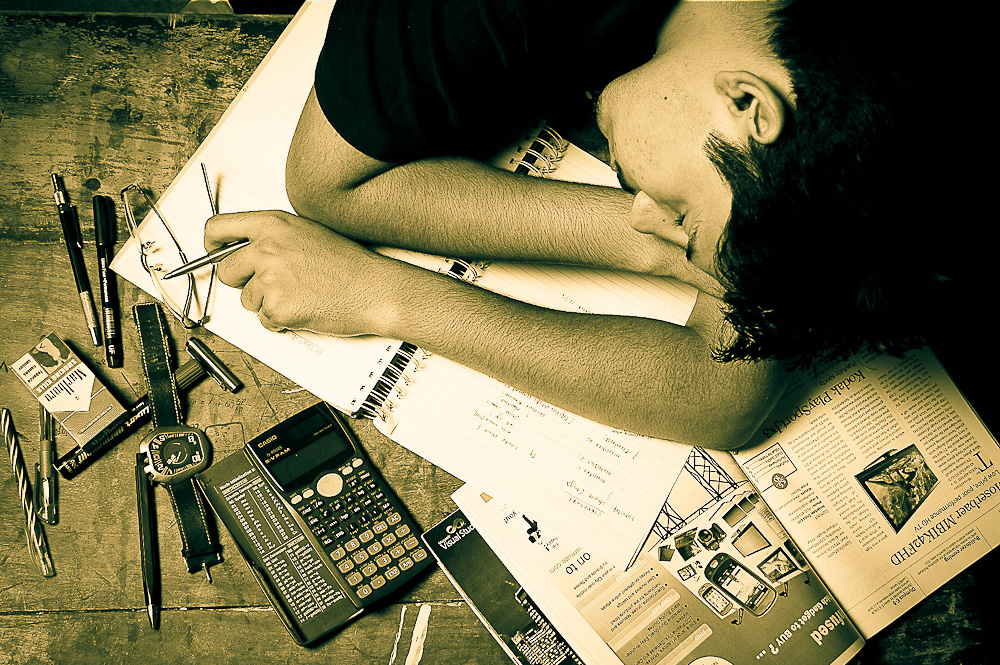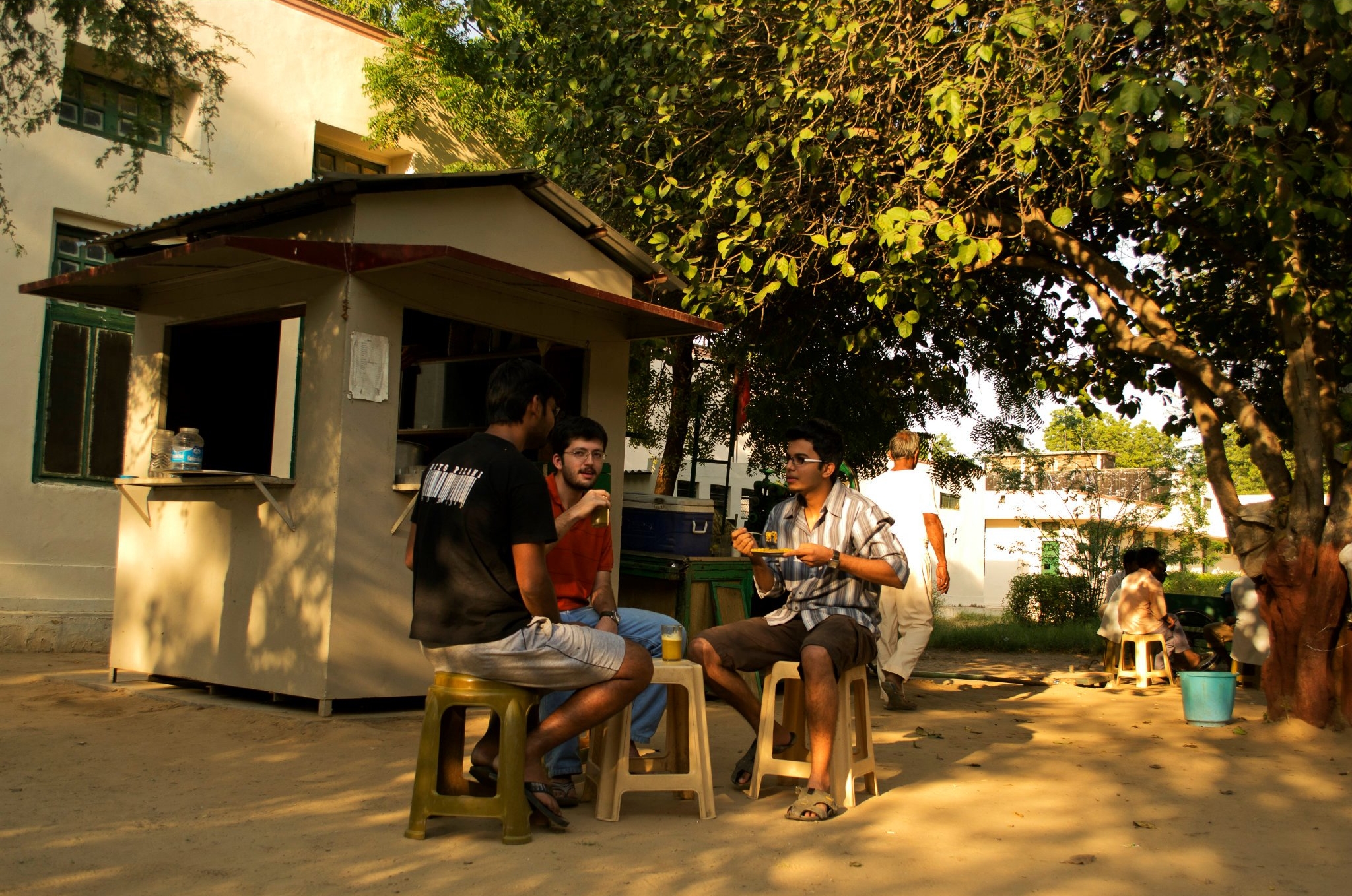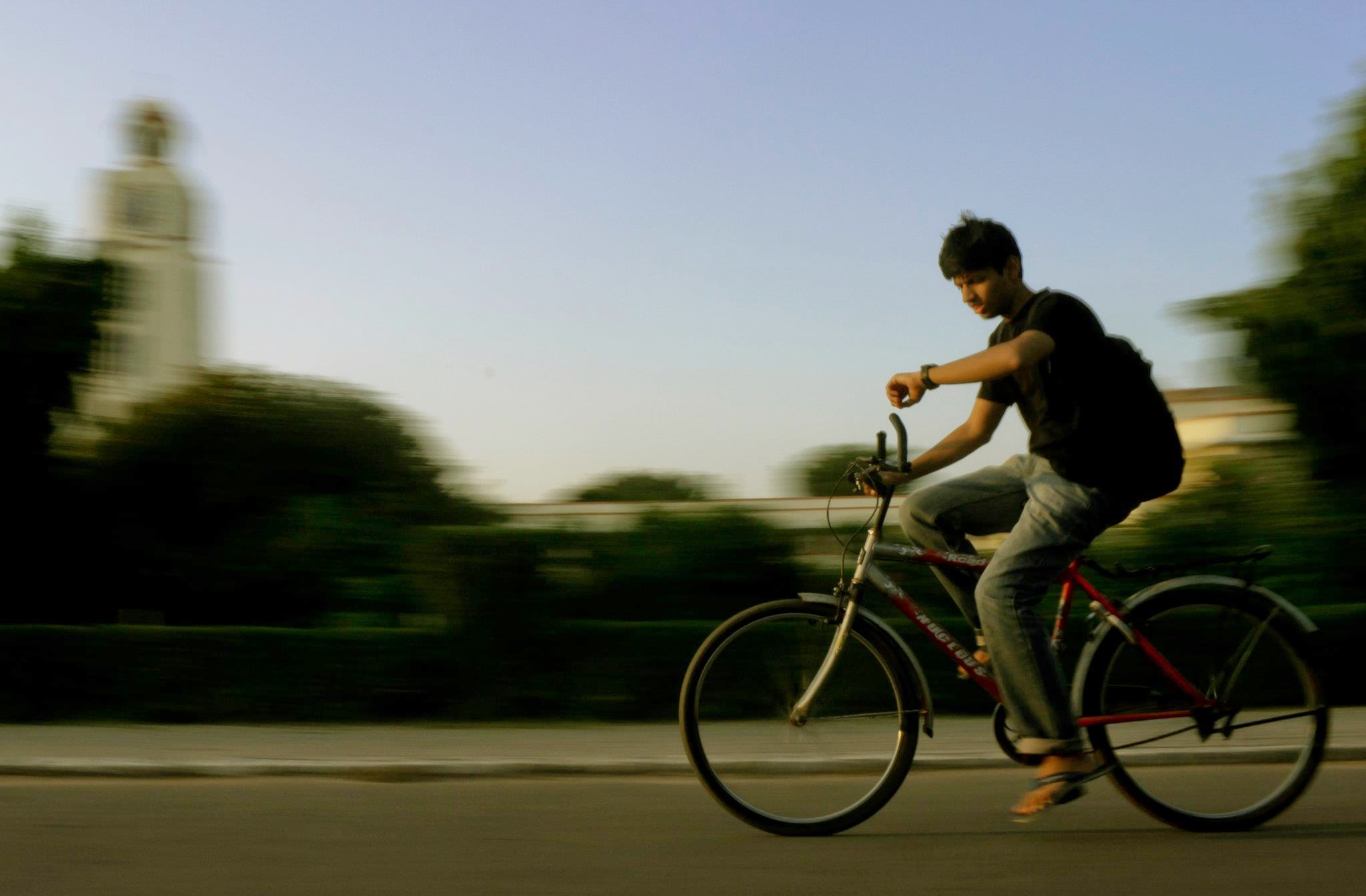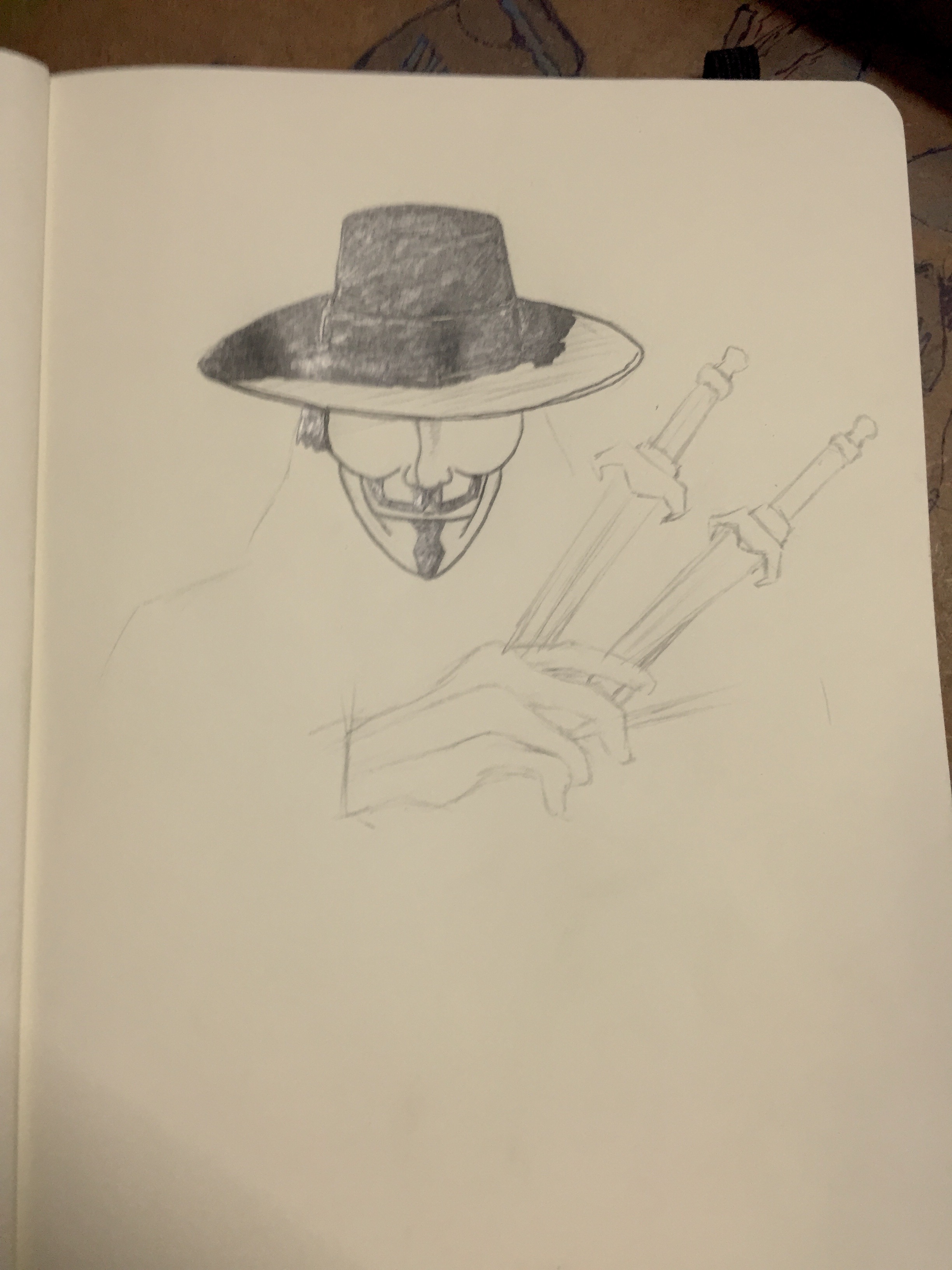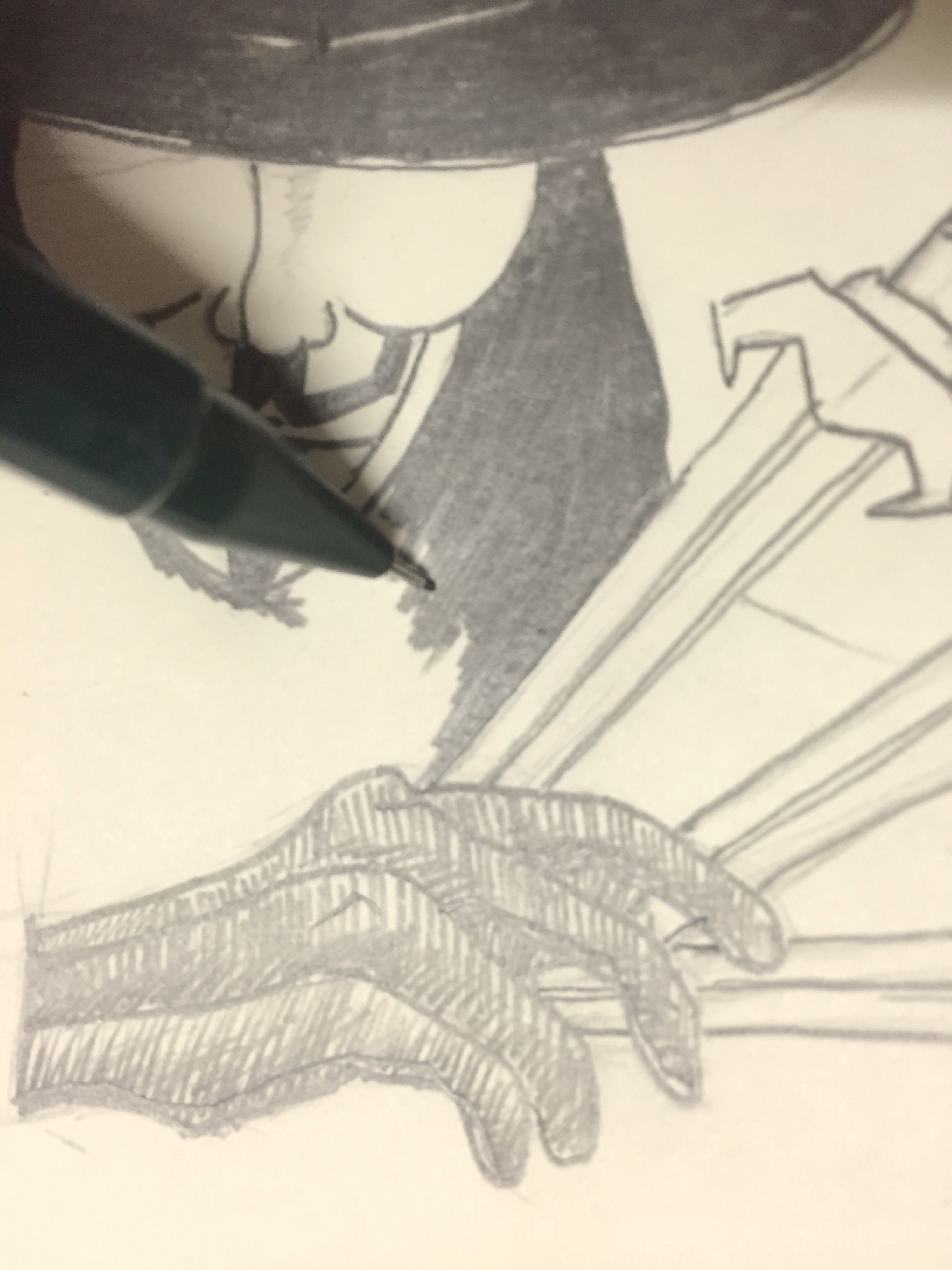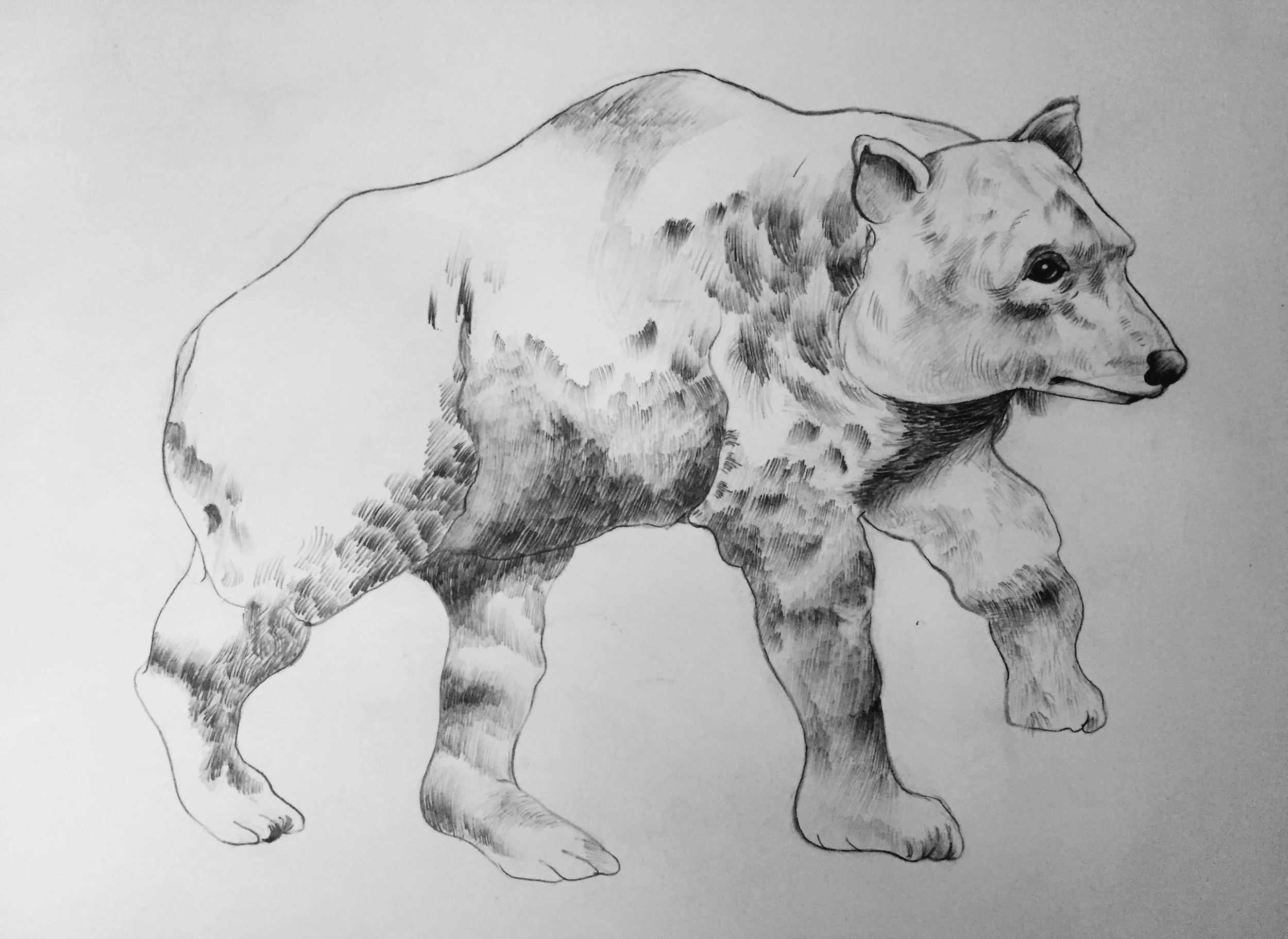Bristow & Sutor is a UK-based enforcement agency that specialises in debt recovery and enforcement services. They work with a range of clients, including local authorities, magistrates' courts, and private sector organisation, to recover outstanding debts such as council tax arrears, parking fines, and commercial rent arrears. This project involved envisioning a new mobile app design for enforcement agents on the field while retaining the functionalities present in the legacy mobile app and migrating existing ones from the web application
Read MoreInfoTrax® Systems, a trusted global name in the Multi-Level Marketing (MLM) software, is an industry leading provider of backend operations systems and online distributor tools for the Direct Sales industry. In order to target diverse clientele and simplify propriety codebase, Infotrax decided to ship their services to their customers as subscription-based APIs instead of their legacy full-stack solutions.
Read More"Trails of a Yakshagana" is a video that captures the essence of a solo Yakshagana performance. The visually appealing video creates a rhythmic experience for the viewers as they follow the dancer's movements. The video, which lasts for 2.5 minutes and loops continuously, uses the power of a computer's graphical processing unit (GPU) to create a motion trail of the performance. Inspired by the traditional dance form of Yakshagana from the coastal Karnataka region, the video gives a modern glimpse of its Navras.
Read MoreAs a part of my internship at Pavilions & Interiors Pvt. Ltd., my colleague Srinivas and me, conceptualised an interactive installation which would serve as a touch point for visitors present in an exposition area. Following post describes the process of the same.
Read MoreProject Haze is a site-specific immersive mixed-media installation that tries to invoke the feeling of 'lightness' among its users.
The installation, which works both a day as well as a night installation, takes inspiration from Gaston Bachelard's 'Poetics of Air' and explores the notion of using mist to create a 'ganzfeld effect'. In such a situation, the audience gets separated from their surroundings and immersed in a uniform stimulation field of sound, light, and touch. The result is a heightened sensory perception of all the senses and the flow of individual imagination.
The day installation relies on sunlight and wind to create movement in the mist which seems to immerse from the ground and fly upwards lifting the observer with them. The cool sensation of minute water droplets steals the heat from the sun, leaving a cooling sensation with them, the lack of obstacles allows them to play and explore the 'materiality of the cloud'. The viewer also has a chance to spot a circular rainbow against the sun, which seems to participate in their movement adding more delight to the experience.
During the night, the artist uses projection mapping to introduce volume to an otherwise invisible installation which again reinforces the principles of sensorial engagement, freedom in seclusion, and the materiality of mist with its audience.
Read MoreFor a long time, I have been interesting in capturing the style of Italian master and other icons in visual art history in code and displaying it as a live camera view. It would be interesting to see the world with the eyes of these masters and will open a window into understanding Modern art for a lot of people. Below are 4 examples of such works, but more are underway.
Read MoreThe SLA III course revolved around implementing a successful marketing strategy.
THE BRIEF: A group of 5 members were suppose to decide an event and market it to the whole community.
Our team picked up the topic of avoiding food wastage, and the audience of our interest was NID Gandhinagar residents. Since, all the students and faculty in the campus does not exceed 300 individuals, the quality of food remains quite good all the year long. Until recently!
Read MoreIn his book, The Image of the City, Kevin Lynch attempted to break down the global form of the cityscape into many components like a path, an edge, a district, a node and a landmark. While these concepts help one in the describing the spatial arrangement of a city, it is sufficiently static in describing its rapidly changing identities. These identities change with time, occasion and context of the user. Hence, our attempt was to develop a more persona-based approach in envisioning a city.
Our fictional narrative revolves around the life of a detective who tries to track down a local drug cartel and in the process gets acquainted with the area near Nehru Bridge, Ahmedabad.
Read MoreThe outputs of the second week of Kinetic Sculpture under the guidance of Prof. Ranjit Konkar, Dr. Jignesh Khakhar and Prof. Vivekanand Yengaldas.
Team: Shafali Jain & Sarwesh Shah
Sculpture inspiration: Anne Lily
Read MoreCourse overview and explorations in Week 1 of module Kinetic Sculpture.
Mentor: Prof Ranjit Konkar
Team: Sarwesh Shah, Shafali Jain
Read MoreCourse name: Design Process
Mentors:
Juhi Pandey, Balaji Rangaraja
Authors:
Ananya Biswas, Ashish Dubey, Raonak Lakra,
Sarwesh Shah, Suminder Singh, Suruchi Soren
Read MoreSome of my favorite pencil sketches of childhood when I took drawing classes.
Medium:
Black 4B lead pencils, A4/A3 paper
Read MoreCamera vs Pencil, the Duality project:
As a part of my college's cultural fest, Oasis, these photos were presented along with others in the photography club exhibition.
Credits:
Illustration: Rohit Pamnani
Editing: Shwetabh Sameer, Prabhat Gupta
Read More



















